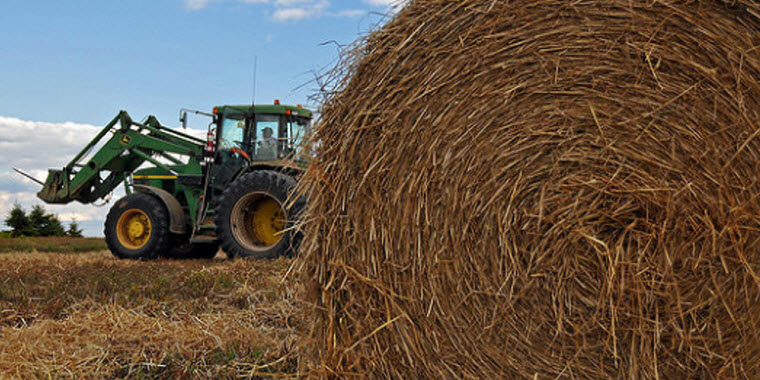A new report, released by USDA’s National Institute of Food and Agriculture (NIFA) and Purdue University, shows a strong job demand for new college graduates with degrees in agricultural programs. U.S. college graduates can expect approximately 60,000 job opportunities annually between now and 2025. This reflects a 2.6 percent growth from the previous five years. Employer demand will exceed the supply of available graduates with a bachelor’s degree or higher in agriculture-related fields.
“Future development of our complex global food system requires the brightest minds from a wide range of backgrounds, cultures and disciplines working together to solve the challenges before us,” said Parag Chitnis, acting director of USDA’s National Institute of Food and Agriculture. “This report shows that students across America who are studying food, agriculture and related sciences to take on these challenges have made a sound career choice and will graduate into a strong and growing job market in the years ahead.”
“It was extremely challenging to project the success and perseverance of current college students, let alone the employment opportunities that await new graduates during a global pandemic,” said Marcos Fernandez, principal investigator on the project and professor in the College of Agriculture at Purdue University. “Regardless, the project team confidently concludes that the need for graduates and employment opportunities in agricultural fields will remain strong and steady.”
Graduates earning degrees with emphasis in food, agriculture, renewable natural resources and the environment will account for 61 percent of the annual supply pool. Most of the employment opportunities will be in business and management at 42 percent and another 31 percent in science and engineering. Openings anticipated in education, communication and government will make up 14 percent, and 13 percent will be in food and biomaterials production.
“Diversity and inclusiveness are strategic for the future workforce,” said Allan Goecker, co-principal investigator and emeritus staff of Purdue University. “For the food, agriculture, renewable resources and environment sector to fully address the needs of the United States, it must reflect the population it services.
“A more diverse and inclusive workforce will support a more innovative and creative agricultural industry for the future,” Goecker said.
Other highlights of the report include:
- Over the past two decades and across all levels of degree attainment, more females than males have graduated in food, agriculture, renewable natural resources and the environment.
- Some majors tend to attract a greater proportion of female students, including animal sciences, agricultural education, agricultural communication and veterinary medicine.
- Other majors tend to attract more male students, including agricultural engineering, forestry, agronomy and crop science.
- There will be a strong demand for graduates with expertise in data science across all disciplines.
- Expect to see strong employment for specialists in marketing, e-commerce, field technical service, water quality and environment, climate and invasive species, food technology, and environmental and rural policy.


